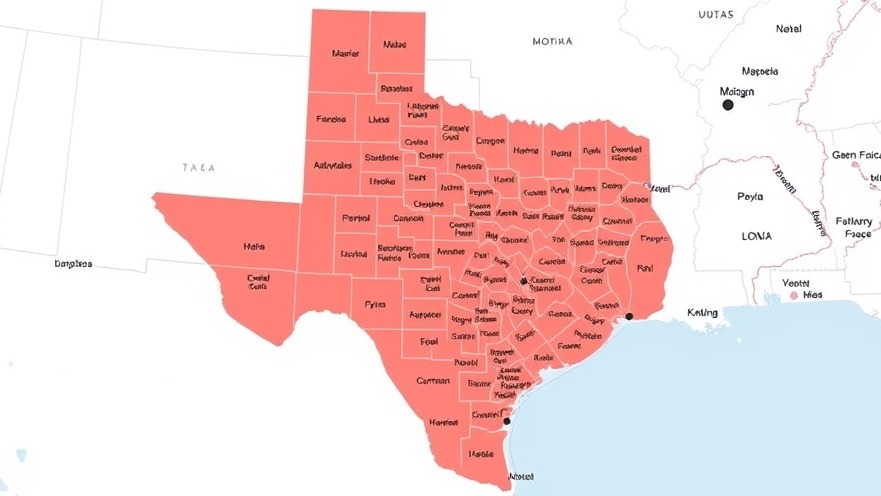
MoKan Trail Upgrades: A Step Toward Better Connectivity
The MoKan Trail in East Austin, an essential part of the city’s growing network of bike and pedestrian routes, recently saw significant improvements near Bolm Road. These enhancements are not just about aesthetics; they signal the city’s commitment to fostering an active lifestyle and promoting sustainability through better transportation infrastructure.
A Closer Look at the Enhancements
The updates to MoKan Trail include new signage, improved paving, and enhanced safety features, which aim to provide a more comfortable experience for users. These upgrades align with national trends promoting urban trails as vital resources for health and connectivity in metropolitan areas.
Connecting Communities
This latest development highlights a growing emphasis on pedestrian-friendly environments. In East Austin, where the community increasingly values connectivity, these improvements provide greater accessibility to neighborhoods, parks, and local amenities. As trail usage continues to rise, local businesses may benefit from increased foot traffic, showcasing a direct economic advantage linked to infrastructure development.
Historical Context and Future Implications
The MoKan Trail is part of a broader initiative within the city of Austin aimed at expanding active transportation options. Historically, areas like East Austin have struggled with insufficient public infrastructure, leading to diverse challenges. This upgrade signifies a turning point, where investments in such amenities not only enhance lifestyle quality but also align with Austin’s goals in urban planning.
Public Engagement: Getting the Community Involved
City officials are encouraging community involvement, emphasizing that public input is vital for future enhancements along the trail and others like it. Open forums and community meetings provide a platform for residents to voice their needs and ideas, thereby fostering a sense of ownership and pride in public spaces.
The Health Benefits of Improved Trails
With increased focus on health and wellness, healthier lifestyles can start with access to safe recreational areas. Trails like the MoKan are proven to encourage exercise and outdoor activities, which can drastically reduce health risks associated with sedentary lifestyles. Moreover, research consistently shows that well-maintained trails can inspire more outdoor activities, boost public health, and improve overall community wellbeing.
Economic Perspectives: Investing in Local Infrastructure
Investments in trails represent a split return on investment—not only do they provide recreational space, they also serve as magnets for economic activity. Studies reveal that properties near enhanced trails often see increased property values, attracting more residents and supporting local businesses. This cycle of investment can lead to long-term growth, showcasing an essential principle of urban economic development.
Challenges and Considerations
However, with all progress comes certain challenges. Continual maintenance and community awareness are essential to preserving these improvements. Additionally, urban development can sometimes neglect the needs of existing residents, raising discussions about gentrification and equitable access to public resources. Addressing these concerns is critical as Austin strives to balance growth with community integrity.
Call to Action: Getting Involved with Your Local Trail
As we witness these positive changes in East Austin's MoKan Trail, it's essential for residents to take part as advocates for local infrastructure. Whether it's through attending community meetings or using the trail regularly, becoming involved is crucial. Active participation not only helps ensure these projects remain prioritized but also fosters a healthier, more connected community.
Engagement with local trails is more than just a leisure activity; it’s an investment in community wellbeing and environmental health that Austin residents can pursue together.
 Add Element
Add Element  Add Row
Add Row 



Write A Comment